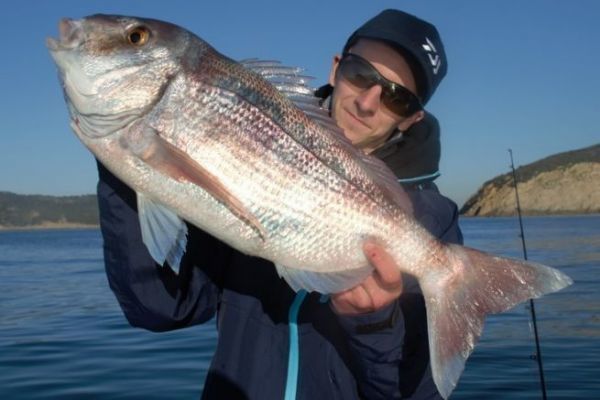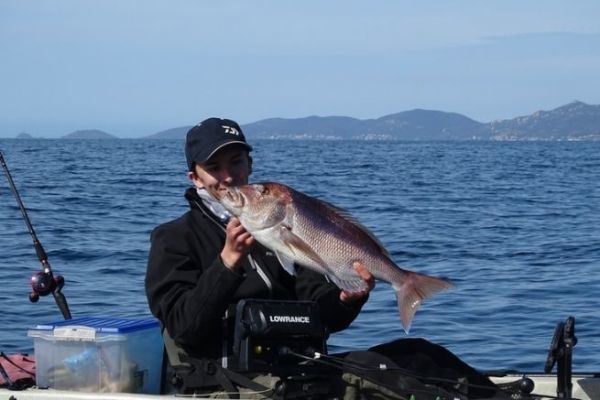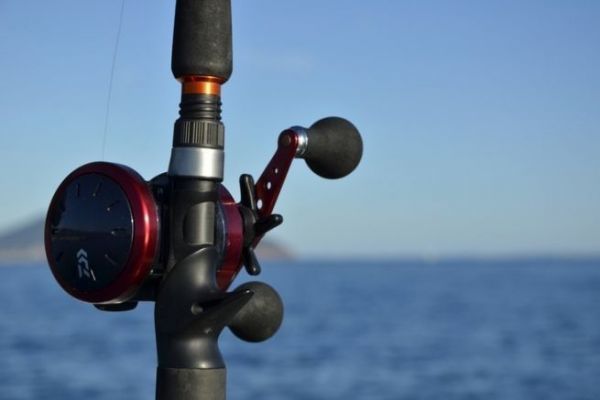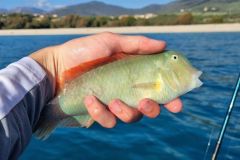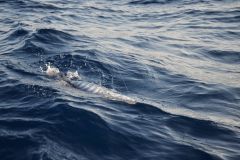The inchiku principle
The inchiku is a traditional Japanese technique that we've modernized with the materials and technologies of our time to adapt it to our European fish. The principle is quite simple: an elongated, conical sinker to increase sink rate, one or two hooks and an octopus to increase visual appeal and naturalness. When an inchiku is put into action, either by reeling or by the effect of the boat's drift, the sinker starts to oscillate from left to right and the octopus acts like a squid on the run.
There are two different types of inchiku, the fixed and the sliding. The fixed inchiku is the easiest to use, just attach it to your line like any other lure. The sliding inchiku prevents us from quickly changing weight or size, as we have to cut and re-tie a knot each time we change. It does, however, make it easier for the fish to bite, as the lead is not in direct contact with the hooks.
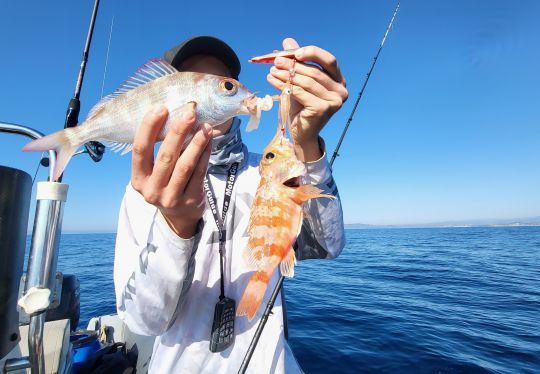
Hosting an inchiku
The inchiku is a lure that doesn't always need to be animated; its ability to waddle under the effect of current and drift makes it effective even when stationary. However, some fish will often trigger an attack when you imitate a squid on the run. The simplest method is to cast steadily to bring the inchiku up some ten metres, then let it make contact with the bottom again.
On very aggressive fish, the ideal technique is to cast rapidly for one or two metres, pause for a second and then repeat. This allows the inchiku to move as a panicked squid would, propelling the water with its siphon to cover a few metres.
Add bait
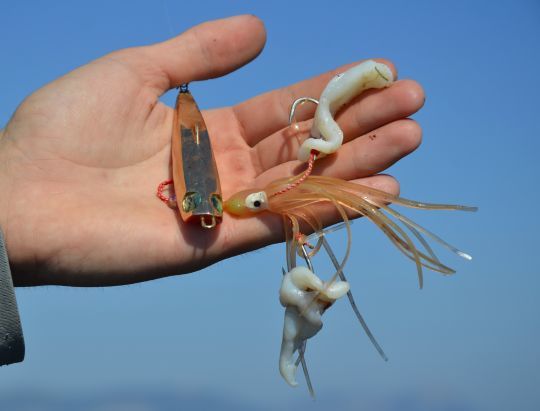
When using an inchiku, you can use it as a classic lure. However, it is far more effective when bait is added to the hooks. Strips of squid are undoubtedly the most effective way to decide a fussy fish. You can also use shrimp or a piece of fish and fish more slowly so that the scent diffuses through the water.
Be careful not to add too much bait, as the inchiku's swimming action may be restricted by the resistance of the bait in the water during animation.

 /
/ 

